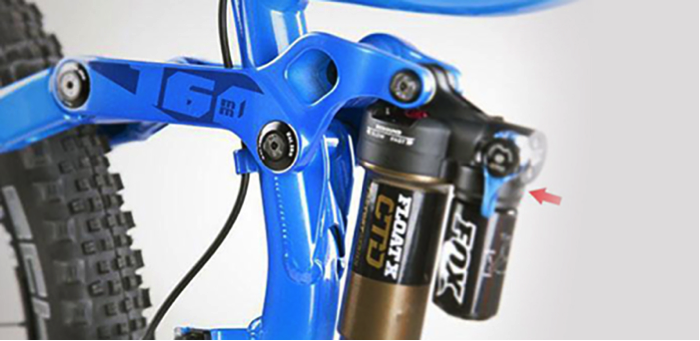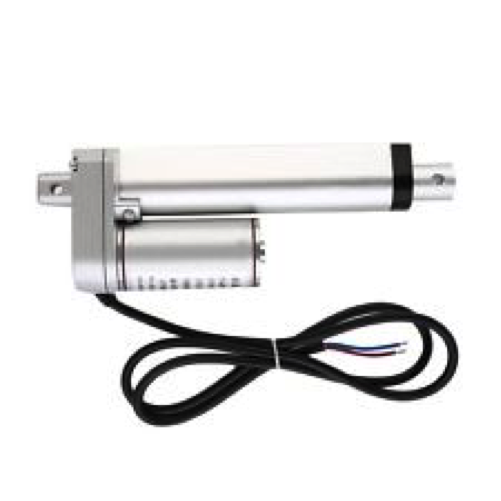
Linear DC actuators are innovative features applied on automated bikes to help improve pedaling efficiency on a hilly terrain due to the force applied by the shock absorbers. This article focuses on how this feature works while reflecting on their ability to detect the movement of a bike and the nature of the terrain they are on.
Linear DC actuators
Shock absorbers are an essential feature in bikes because they help offset shock especially when one is pedaling on a ragged terrain. However, these shock absorbers are problematic when one is pedaling up a hill because of one tends to drain a lot of energy when cycling because of the energy applied.
As a result, linear actuators have been developed to help counteract this effect by improving the efficiency of cycling bikes up a hilly terrain. To do this, the linear actuators are fitted both on the front and rear wheels of a bike. The smaller linear actuators are attached to the stock fork with a battery pack on the front fork.

The actuator is then connected with sensors that contain a programmable microcontroller that inputs algorithmic languages like the C++ languages that enable riders to select a suitable mode to change the suspension units. This programmable unit is what automates the bikes because a rider can select the semi-automatic which also has the Climb-Trail-Descent mode. This means that the climbing trail is activated up to a hill, descent mode when the bike is on descent and trail mode when the bike is cycled on a straight terrain. The actuator is also connected to a control unit with buttons that a rider can use to change the mechanical operation of the wheels depending on the terrain he is on. To counteract the challenges of using the actuators on the front and rear suspensions, smaller actuator models are recommended.




